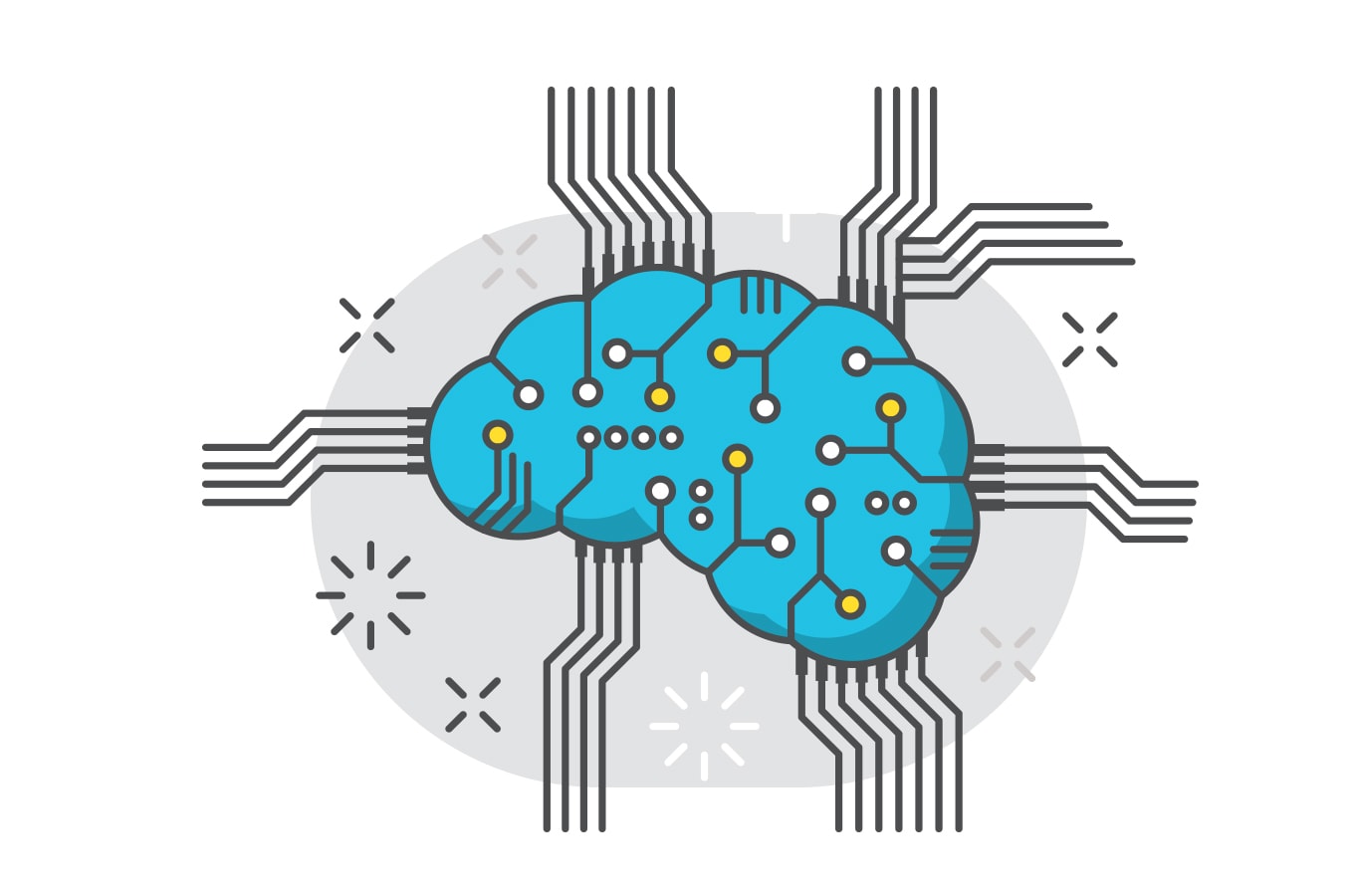How Artificial Intelligence Will Change the Airline Passenger Experience
Share

APEX Insight: Jeremy Miller, VP Marketing at Sentient Technologies, describes the changes that will likely occur in the aviation industry as a result of AI, from real-time predictive pricing to chatbots that can recommend destinations based on images.

Over half of airlines are planning major artificial intelligence (AI) programs over the next three years, according to SITA’s Air Transport IT Trends Insights 2017. AI software developer Sentient Technologies has worked with travel operators, airlines and travel booking firms. APEX Media caught up with the company’s VP of Marketing, Jeremy Miller, to discuss the role of AI in shaping the future of the airline passenger experience industry. Watch out for more on AI next week, when APEX Media will be reporting from the Consumer Electronics Show.
How will AI evolve airline websites’ pricing systems?
Today, AI is able to dynamically change the look and feel of a website in real time, as travelers engage with it, to dramatically boost conversions, whether it’s to sell a seat upgrade, a more direct flight or special offers for their trip. And it can do this where airlines need it most, for return visitors or customers enrolled in loyalty programs.
Until now, most airlines have been using A/B testing to assess two different variations of website design in order to improve the customer experience and increase conversions. While A/B testing can be an effective experimentation tool, only 1 out of every 7 A/B tests results in a positive outcome, making it a resource- and time-intensive strategy. Today, airlines can use AI to test thousands or even millions of designs (be it text, icon, image or button color changes) in the same amount of time and see a 40% to 50% increase in conversions.
AI has also shown much success in predicting the best time to buy and sell stocks thanks to its ability to follow a complete decision loop based on observing what people are buying, orient itself by comparing the market to its portfolio, then decide and act on what it should do, buy, hold, sell etc. In a similar fashion, AI could be used to decide in real time what prices it should place on flights, by observing what external market forces are impacting costs and prices. It can orient itself by reviewing jet fuel prices, news feeds and passenger demand and, in real time, make a decision as to what price to assign to a particular seat. It can then adjust that pricing as variables change over time.
€How do you envision the capabilities of chatbots advancing in the next five years?
Chatbots are great at customer service but they’re limited in what they can do today. One of the big challenges chatbots face is that travelers that interact with them often know they are a bot and believe they have some superhuman capability. This creates a mismatch between what service people expect and what they receive. In the next 3 to 4 years, we’ll see chabots get much smarter as they start to bring in other forms of AI to help sell products or meet customer service needs. One example we could see is chatbots incorporating computer vision to help people discover lookalike trips at cheaper but equally appealing destinations. For example, if a traveler gives the chatbot a picture of a beach, the AI can look at all the features of the image and see what travel destinations closely match the content, and then display those options.
€ Will AI solve the problem of overbooking?
AI may not solve the problem completely, but it could help significantly reduce the problem, especially when it comes to boarding passengers. The challenge airlines face today is that their models and staff can’t accurately predict how many people will not show up for a flight. By analyzing past frequent flyer information and general historical passenger data, as well as changing weather patterns for certain popular routes, AI could predict the likelihood that certain passengers won’t show up or will swap to another flight. The AI could then give ground staff up-to-the-minute information on how many people are likely to board. It could even predict which flyers typically request upgrades or how many employees are likely to be flying standby. This could help the problem of having to remove passengers from planes that have already boarded.
€How will AI change airports?
AI is already being used at airports and by airlines for a number of things. United Airlines has tied up with Amazon Alexa to help customers check in and learn about their flights. Delta Air Lines is using self-service kiosks that use facial recognition technology to verify customer identity by matching customer faces to passport photos. Other airlines are using AI before customers get to the airport, to upsell loyalty program passengers on business class upgrades or extra baggage by having AI automatically design the website checkout process to appeal to different cohorts of users.
Related: MaaS Transit: How the Rapid Growth of Automation and AI Will Change Travel
€Will pilotless flights become a reality?
Flights today are more or less pilotless. Almost everything but takeoff and landing is controlled by onboard computers, so it’s a relatively small technological hurdle to overcome. There are undoubtedly other, more pressing reasons why flights are not fully autonomous today, like the potential for cyber hacking. Airlines need to be extremely vigilant and careful when they consider integration of new technologies. In my opinion, it will be a while until we see fully autonomous flights.
€Are robots more, or less, reliable than humans?
It depends on the task. For general data problems where humans simply can’t keep up with the ever evolving last minute changes, AI is a great solution, as per the booking examples above. For other problems that require more consideration for human emotion, such interacting with and serving passengers in flight, robots won’t be replacing humans any time soon!


